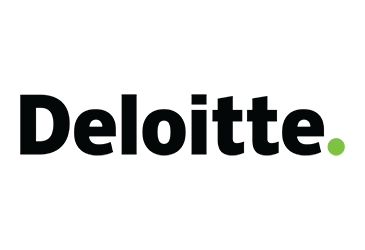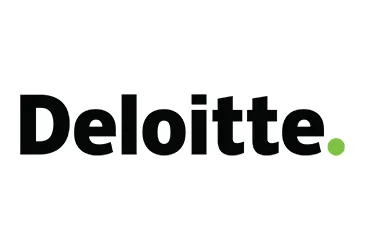NEW YORK — Deloitte in a series of annual reports on “Measuring the return from pharmaceutical innovation,” in collaboration with other member firms, has provided insights into the state of biopharma R&D since 2010. The 14th annual report analysed the current state of R&D for 20 leading biopharma companies in 2023.

The analysis shows the average returns for the cohort have risen to 4.1% in 2023, up from the 2022 record low of 1.2%. This follows the 6.8% peak in 2021, which was driven by COVID-19 assets passing through the pipeline.
R&D executives who were interviewed as part of the analysis confirmed that R&D operating models continue to experience significant pressures due to:
· Ongoing regulatory changes
· Impending and unprecedented scale of the loss of exclusivity of high value assets
· Rapid pace of scientific and technological advances
· Rising protocol design complexity and costs of novel biomarkers and diagnostics
“With 14 years of analysis to draw on, it’s clear that transformational change in R&D is needed to consistently drive increased returns across the biopharma industry. Our related research suggests that these organizations have an opportunity to unlock $5 to 7 billion in value with R&D representing the top value opportunity at 30 to 40%. There is real potential to drive down development costs, increase speed to market, and unlock a new era of R&D productivity,” said Pete Lyons, U.S. life sciences sector leader, and principal, Deloitte Consulting.
“The increase seen in the Pharmaceutical Innovation Report 2023 analysis is certainly encouraging, but sustaining the flow of high-quality assets into the late-stage pipeline tends to be a challenge. Companies should continue to sufficiently invest in early R&D, through both traditional and AI-enabled approaches, to drive innovation, and remain ruthlessly focused on execution to help accelerate development timelines. By analyzing trends over time, we offer a breadth of industry experience to life sciences clients who are leading life-changing R&D,” added Kevin Dondarski, life sciences R&D strategy leader, and principal, Deloitte Consulting.
Pharma fears regulation may stifle innovation
In total, the 20 companies analysed spent $145.5 billion on R&D in 2023, an increase of 4.5%compared to 2022 ($139.2 billion). This rise in R&D costs can be attributed to several factors, including more complex trial requirements, regulatory changes, the impact of inflation, and continuing to operate in functional silos.
R&D executives were more concerned with changing regulations than rising R&D costs and increasing cycle times. For example, executives indicated that the U.S. Inflation Reduction Act (IRA) may stifle innovation because the incentives will be lower and profitability will be reduced, suggesting that biopharma companies may take fewer and smaller risks when progressing assets. Interpreting the new and evolving regulatory expectations and implementing any necessary changes in a coordinated, cost-efficient and timely manner, across a number of business functions, appears to be a significant challenge for the industry.
AI strategies and adoption are in early innings While Deloitte’s related research indicates transformative value can be gained with AI, R&D executives interviewed as part of the Pharmaceutical Innovation Report indicate that efforts to improve R&D efficiency through digitalization and automation are still in their infancy. In 2023, half of the clinical development programs involved biologics and advanced therapies, including cell and gene therapies, monoclonal and recombinant antibodies, protein and peptide therapies, and plasma-derived therapies. Advanced therapies have created challenges for regulators and pharma companies in agreeing surrogate endpoints, and also in design, manufacturing and supply complications in the conduct of the trials themselves. The R&D executives interviewed believe AI can accelerate the creation of these treatments.









